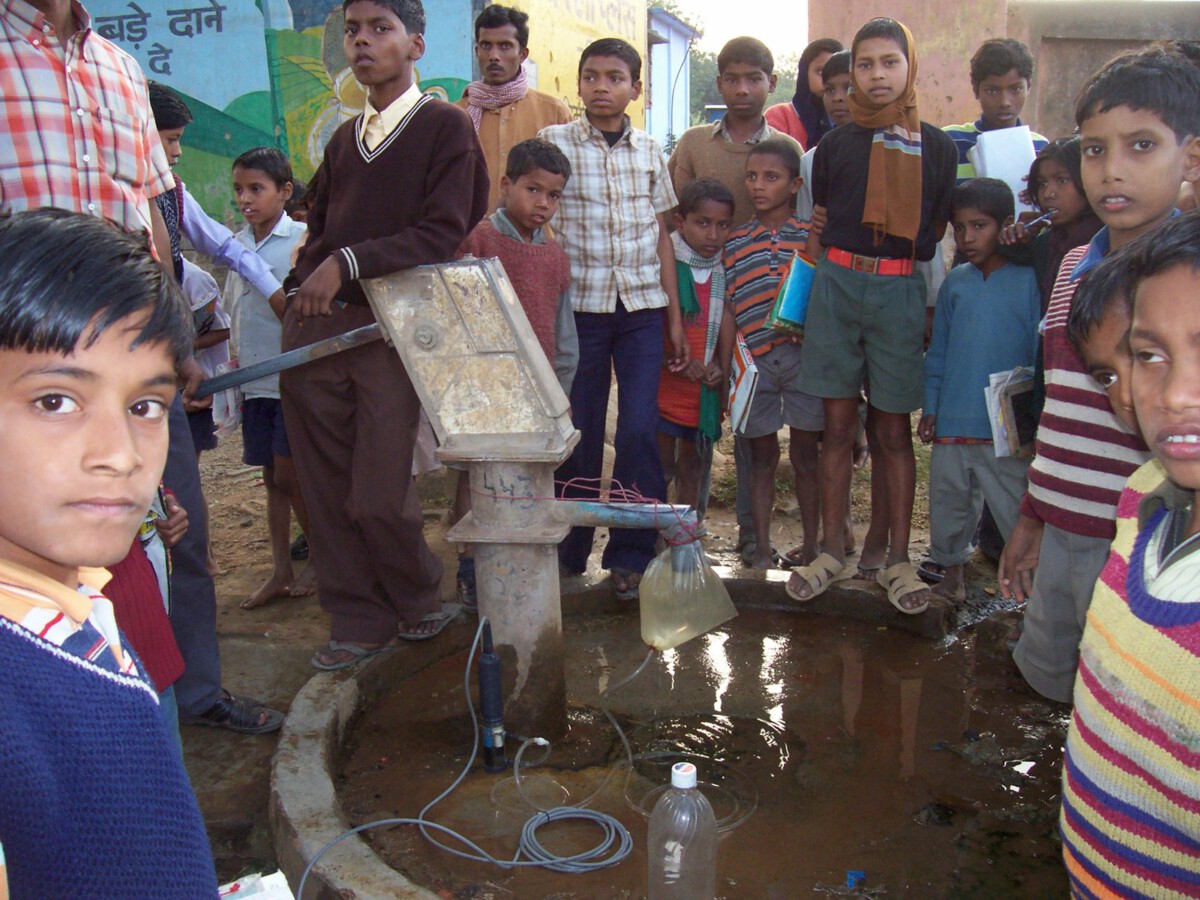Tourism Revenue Powers Regional Economies

Public lands generate an astounding $45 billion annually through tourism, according to the U.S. Department of Interior’s 2023 economic report. National parks alone welcomed over 312 million visitors in 2023, creating a ripple effect that extends far beyond park boundaries. These visitors don’t just admire scenic vistas—they fill hotel rooms, dine at local restaurants, and purchase gear from outdoor retailers. The economic impact reaches small gateway communities where a single national park can sustain entire local economies. For instance, visitors to Yellowstone National Park contributed $680 million to the regional economy in 2023, supporting thousands of jobs in Montana, Wyoming, and Idaho.
Federal Land Lease Programs Generate Massive Revenue

The Bureau of Land Management’s onshore oil and gas leasing program contributed $7.4 billion to federal and state treasuries in fiscal year 2023, based on Interior Department data. These lease revenues flow directly to state governments, funding everything from education to infrastructure projects. Wyoming alone received over $1.2 billion from federal mineral leases in 2023, representing nearly 15% of the state’s total revenue. The program operates on 245 million acres of public land, where energy companies extract resources while paying royalties and bonuses. This system transforms underground resources into tangible economic benefits for communities across the American West.
Outdoor Recreation Industry Thrives on Public Access

The outdoor recreation economy generated $563 billion in consumer spending during 2023, with public lands serving as the primary playground for these activities. According to the Bureau of Economic Analysis, outdoor recreation accounts for 2.2% of U.S. GDP, outpacing industries like agriculture and mining. Activities like hiking, camping, fishing, and hunting on public lands directly support 4.3 million jobs nationwide. Companies like REI, Patagonia, and local outfitters depend on accessible public lands to fuel consumer demand for outdoor gear and experiences. Without these vast recreational spaces, the outdoor industry would face significant constraints that could shrink this economic sector considerably.
Timber Harvesting Sustains Forest Communities

The U.S. Forest Service’s timber program generated $273 million in receipts during 2023, supporting rural communities that depend on forest products. These harvests occur on 193 million acres of national forestland, where sustainable logging practices maintain forest health while providing economic benefits. Counties receive 25% of gross timber receipts to fund schools and roads, creating a direct link between forest management and local development. Oregon’s timber-dependent communities received $41 million in federal forest receipts during 2023, helping maintain essential services in rural areas. The program balances conservation goals with economic needs, proving that responsible resource use can benefit both nature and communities.
Research and Development Facilities Drive Innovation

National laboratories and research facilities on public lands contribute over $15 billion annually to the U.S. economy through scientific research and development. Los Alamos National Laboratory in New Mexico, situated on federal land, employs over 13,000 people and generates $2.4 billion in annual economic activity. These facilities attract world-class scientists and engineers, creating high-paying jobs in regions that might otherwise lack such opportunities. The Department of Energy’s 2023 report shows that national labs on public lands filed 1,847 patents and launched 87 startup companies. This innovation ecosystem transforms federal lands into incubators for breakthrough technologies that benefit the entire nation.
Grazing Permits Support Agricultural Production

Livestock grazing on public lands generates $1.9 billion in annual economic activity, supporting 27,000 ranching operations across the western United States. The Bureau of Land Management and Forest Service issue permits for 155 million acres of grazing land, providing affordable pasture for cattle and sheep producers. These operations support approximately 108,000 jobs in rural communities where few alternative employment opportunities exist. According to the National Cattlemen’s Beef Association, public land grazing helps maintain viable ranch operations that preserve open space and traditional western lifestyles. The permit system generates $21 million annually in federal revenue while keeping ranching families on the land.
Military Training Grounds Boost Defense Economy

Military installations on public lands contribute $118 billion annually to the U.S. economy while providing essential training facilities for national defense. The Pentagon manages 25 million acres of land, supporting 2.8 million military and civilian jobs across the country. Bases like Fort Bliss in Texas and Nevada’s Nellis Air Force Base require vast training areas that only public lands can provide. These installations attract defense contractors, technology companies, and support services that create additional economic multiplier effects. The 2023 Department of Defense economic impact report shows that military bases on public lands support 430,000 indirect jobs in surrounding communities.
Carbon Sequestration Creates New Market Opportunities

Public forests and grasslands store approximately 16 billion tons of carbon, creating potential revenue streams through emerging carbon markets. The Biden administration’s climate initiatives have positioned public lands as key players in carbon credit trading, with pilot programs beginning in 2024. Early estimates suggest that federal lands could generate $2.3 billion annually through carbon sequestration services by 2030. Private companies are already partnering with federal agencies to develop carbon offset projects on public lands. This new economic model transforms conservation into a measurable financial benefit, potentially revolutionizing how we value ecosystem services.
Water Rights and Hydroelectric Power Generation

Federal dams on public lands generate over $3.2 billion worth of electricity annually while providing water for agricultural and municipal use. The Bureau of Reclamation operates 53 power plants that produce enough clean energy to power 3.5 million homes. These facilities created 12,000 direct jobs in 2023 and support thousands more in related industries. Lake Mead and other federal reservoirs provide water for 40 million Americans, enabling economic development in otherwise arid regions. The multipurpose nature of these water projects demonstrates how public lands infrastructure can serve multiple economic functions simultaneously.
Scientific Research Partnerships Generate Intellectual Property

Universities and private companies conducting research on public lands generated $847 million in licensing revenue during 2023, according to the Association of University Technology Managers. These partnerships leverage unique ecosystems and geological features found only on federal lands to advance scientific understanding. Yellowstone’s thermal features have contributed to biotechnology breakthroughs worth billions of dollars, including the development of PCR technology used in DNA testing. The National Science Foundation reports that 40% of all ecological research published in top-tier journals involves data collected on public lands. This intellectual property creation transforms natural resources into valuable knowledge assets that benefit society.
Infrastructure Development Enables Economic Growth

Roads, bridges, and utilities crossing public lands enable $89 billion in annual economic activity by connecting remote communities to major markets. The Federal Highway Administration maintains 160,000 miles of roads on public lands, providing essential access for commerce and tourism. These transportation corridors allow rural businesses to ship products efficiently and enable workers to commute to urban job centers. Energy transmission lines crossing public lands carry electricity worth $12 billion annually, powering homes and businesses across the country. Without these infrastructure corridors through federal lands, many western communities would remain economically isolated.
Film and Media Production Brings Hollywood to Public Lands

Movie and television production on public lands contributed $1.4 billion to the U.S. economy in 2023, with national parks serving as backdrops for major productions. The National Park Service’s film permit program processed over 2,800 applications in 2023, generating $8.2 million in direct revenue. Productions like “Yellowstone” have boosted tourism to filming locations, creating lasting economic benefits beyond the initial production period. Local communities benefit from crew spending on hotels, restaurants, and equipment rentals during filming. This entertainment industry connection transforms natural landscapes into valuable economic assets that promote both tourism and regional development.
Conclusion

Public lands serve as economic engines that power communities across America, generating hundreds of billions in annual economic activity through diverse revenue streams. From tourism and energy production to research and development, these federal lands create jobs and opportunities that might not exist otherwise. The economic benefits extend far beyond immediate revenue, supporting innovation, infrastructure development, and sustainable resource management. These lands prove that conservation and economic growth can work hand in hand, creating value for current and future generations. Have you ever considered how your local national park or forest might be quietly driving your region’s economy?






